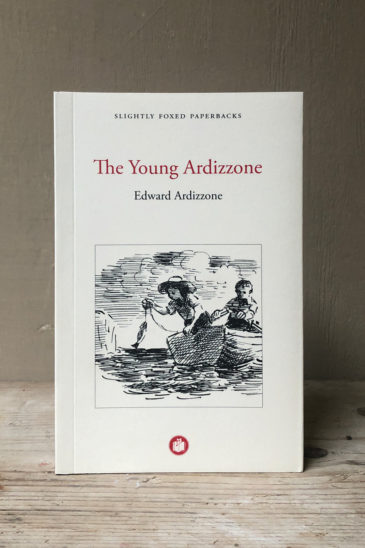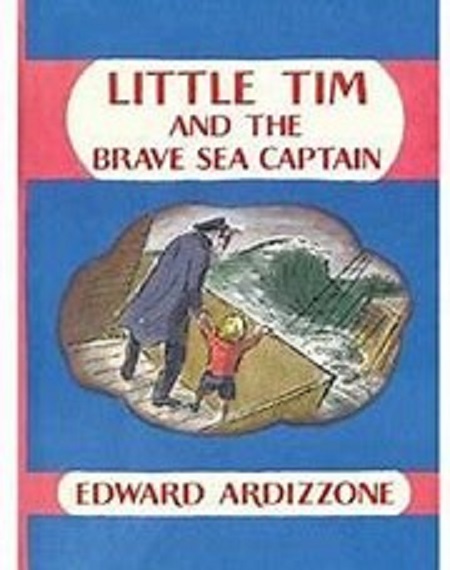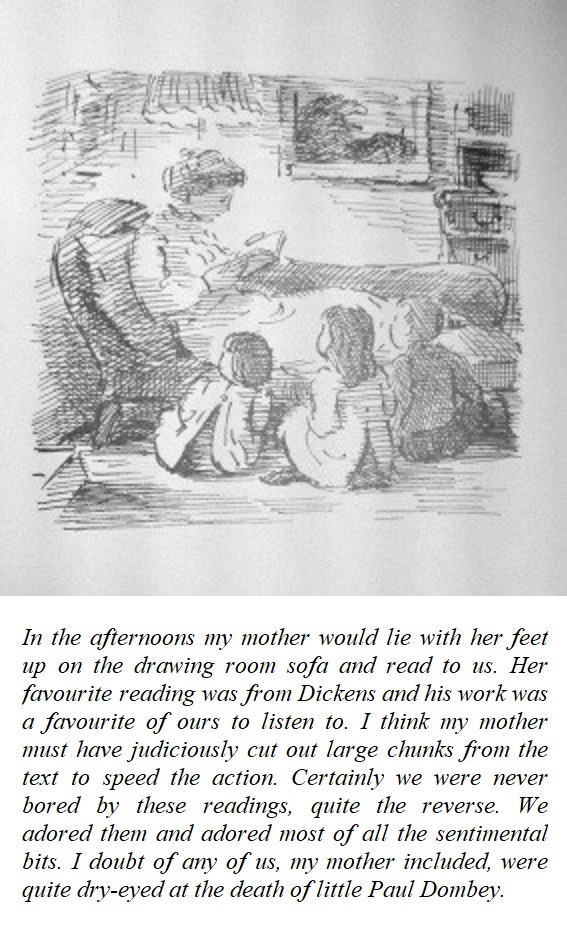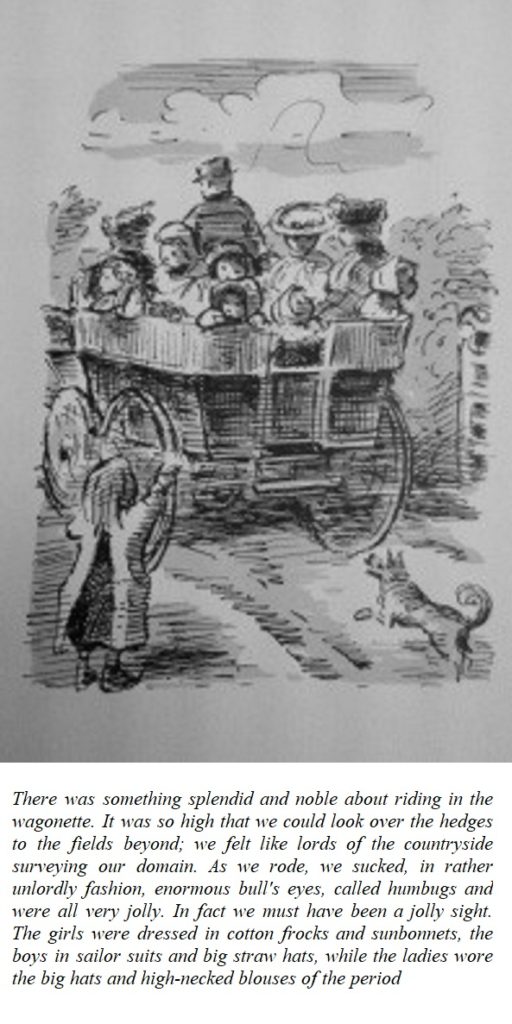This year I am reading 10 twentieth-century books which have not been made into films or television programmes but are excellent books anyway. This month’s book needs to have been published between 1970 and 1979.
Published books really changed in the seventies: DIY books and self-help books became more prominent and many of these are considered classics now. Books like What Colour is Your Parachute, Julia Child’s French Cooking, Elisabeth Zimmerman’s Knitting Without Tears, John Seymour’s famous books on self-sufficiency and organic gardening, Weight Watchers’ books, Women’s Lib books, sex manuals, books on renovating and books on interior design.
I didn’t want to review a DIY book or self-help book – that wouldn’t have been much fun. But I had to keep away from the books like The Day of the Jackal, Watership Down, Jaws, Shogun, Hitchhiker’s Guide to the Galaxy, Thorn Birds, Princess Bride, The French Lieutenant’s Woman, James Herriot’s books, and many others, as they have all made it to the screen.
In the end I chose a book because it is beautiful to look at and to hold, and it’s got pictures!

The Young Ardizzone – An Autobiographical Fragment written by the illustrator artist, Edward Ardizzone is a delight and a pleasure to read. It’s a small, quality paperback memoir, telling of Edward’s childhood, with his illustrations on about three-quarters of the pages. It was first published in 1970, and my copy is a beautiful Slightly Foxed edition, published in 2014.
The name, Edward Ardizzone, might be familiar to you and if you’re trying to place it – think Little Tim and the Brave Sea Captain, the children’s picture book. Edward wrote many children’s books and illustrated dozens more book written by other authors. Little Tim, first published in 1936, is considered a classic and is still in print. It’s probably the most famous of Edward’s books, too.

Edward Ardizzone was born in October 1900 in Vietnam, his father was a telegraph engineer – Italian by blood and French by birth, his mother was English. Edward was the eldest of five children and when he was five his mother took him and his brother and sister to England to grow up with her family. For the first few months in England they lived in Ealing – just like Nevil Shute (born 1899) who I wrote about last month. I wonder if Edward and Nevil ever met as small boys?

After a couple of years, Edward’s mother left Edward and his siblings with her mother and went back to be with her husband. She was away for years, and when she returned, she brought two more little children with her.

I don’t think I have ever read an autobiography written in such a kindly, non-judgemental style. There’s no blame, no self-pity, no disapproval or criticism towards anyone, in this book.
Despite all the hard things that happened to the little boy, Edward never judges, never blames and never displays any self-pity. It’s a good lesson to me in these modern times, where it’s always someone’s fault and we need to make sure ‘someone’ is blamed. It need not be like that, and we can look back at our own childhoods remembering the fun bits and not worrying about or dwelling on the hard bits.
It’s an easy read, a fast read, and the illustrations are fabulous. Reading this book is like eating chocolate biscuits – wonderful!
The book is available in Auckland Library, and also available to buy in various places. To get the lovely edition, look for Slightly Foxed
Next month I will report back on a book published in the 1980s. Meanwhile, please do write to me with suggestions and ideas for titles and to talk about books.
